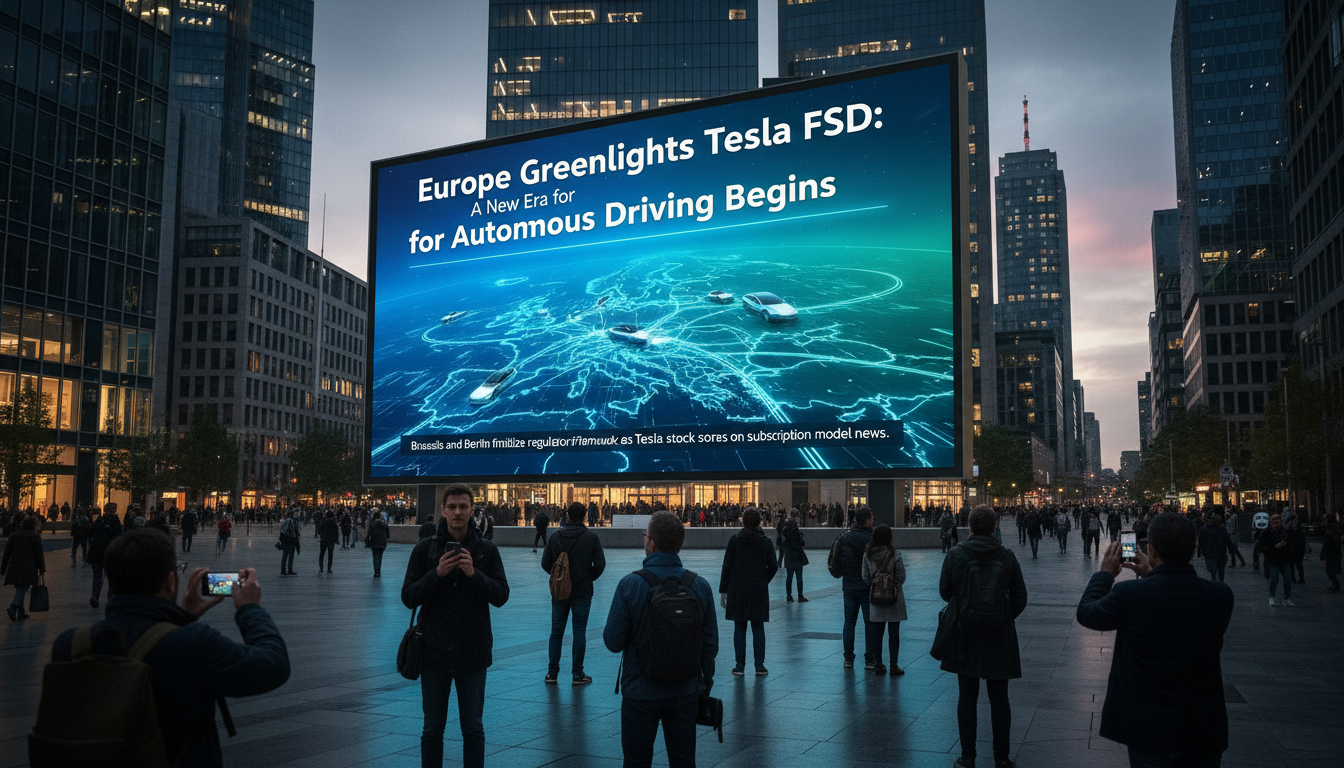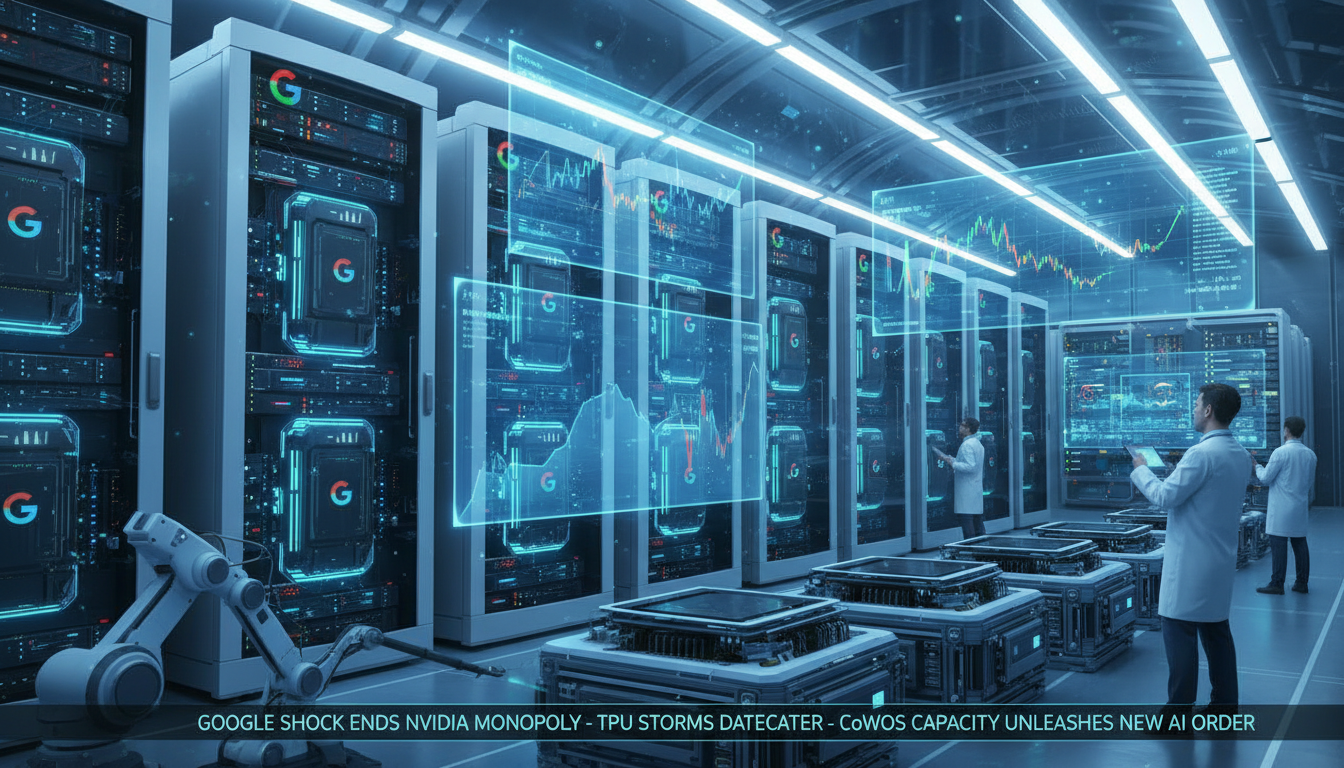● Revolutionary Space Data Center Set to Transform AI and Global Economy
The space data center project transforms global economic outlook and AI innovation! We will summarize the key elements of the latest Fourth Industrial Revolution, AI technology, data centers, and economic analysis without omission.
Project Overview and Innovative Elements
This project aims to turn the imagination of building data centers in space into reality by launching a satellite data center equipped with NVIDIA’s latest GPU H100 into orbit in November 2025. It is expected that this project will utilize a data center at the scale of 5G and over 4km² of solar panels, providing an energy supply and cooling solution that is completely different from that on Earth. This attempt, which combines global economic forecasts and AI technology, is being highlighted as a new economic analysis keyword in the era of the Fourth Industrial Revolution.
Key Technology and Economic Analysis Points
The global economic outlook, as well as issues of data center efficiency and costs, can be summarized as follows:• Ensuring stability in power production through 24-hour uninterrupted solar power generation
• Achieving up to five times higher energy efficiency in an environment free from atmospheric or cloud interference
• Solving cooling issues compared to existing ground data centers, enabling immediate heat dissipation
• Although the initial investment costs are very high, considering the economic ripple effects that AI technology and the Fourth Industrial Revolution will bring in the long run, there exists sufficient investment value
• The participation of global giants such as StarCloud, SpaceX, and NVIDIA increases the credibility of economic analysis and investment clusters
Team Members and Business Model
The project includes top-tier talents from around the world. CEO and co-founder Philip Johnston has an impressive career from McKinsey, Harvard, Wharton, Columbia, among others, while the co-founder and chief engineer comes from SpaceX. With these talents coming together to build an innovative AI data center, they are presenting a new business model that secures independent data sovereignty and transcends the limitations of legal regulations.
Economic Benefits and Challenges
The greatest advantage of the project is the maximization of energy efficiency and cooling systems by leveraging the advantages of space. Data centers will require immense power in the long run, and solar power generation in space provides a stable energy source. However, challenges such as high initial launch costs, future maintenance, and space debris (Kessler syndrome) still need to be addressed. With the introduction of reusable rocket technologies from SpaceX, the potential to lower launch costs below $100 per kg has been suggested, leading economic analysts to evaluate long-term investment value as high.
AI Trends and Data Sovereignty in the Fourth Industrial Revolution
This project goes beyond simply building a space data center; it proposes a new paradigm tailored to AI technology and the Fourth Industrial Revolution. The space environment presents unique advantages over Earth in terms of latency improvement and securing data sovereignty. Thus, it is anticipated that a new economic ecosystem capable of controlling data alongside the establishment of independent AI systems can emerge within the global economic outlook. Some envision the emergence of a massive AI ecosystem linked to Elon Musk’s efforts towards a space civilization.
Core Points and Future Outlook
This project conveys the following core messages from an economic and technological analysis perspective:• The construction of a space data center represents an innovative leap that transcends the limitations of existing ground-based systems
• A key project that meets all core keywords of global economic outlook, AI technology, data centers, the Fourth Industrial Revolution, and economic analysis
• Despite short-term challenges such as initial investment burdens, maintenance, and space debris, the potential for sustainable energy utilization in space and securing AI data sovereignty in the long term is significant
• With support from cutting-edge technology and global corporations, reliability is confirmed, presenting a visionary outlook of over 10 years
[Related Articles…]Latest Space Project Analysis
Future Prospects of Data Centers
*Source: [ 월텍남 – 월스트리트 테크남 ]
– 놀랍게도 실화..세계가 뒤집어진 기상천외한 프로젝트 시작 ㄷㄷ
● Taiwan’s AI Revolution, Jensen Huang’s Vision, Global Game Changer
Taiwan AI Factory and Jensen Huang’s Vision for the Future – A New Phase in Global Economic Outlook and AI Trends
Taiwan’s AI Factory: A Turning Point in the AI Supply Chain
Taiwan is transforming from a mere semiconductor production country to an ‘AI Factory’, changing the landscape of the global semiconductor industry and the Fourth Industrial Revolution.
With TSMC’s advanced semiconductor processes serving as an economic insurance for the nation, Taiwan is now showcasing an innovative factory model that converts AI data into knowledge.
The system being built in collaboration with the Taiwanese government, TSMC, and NVIDIA’s Jensen Huang is expected to drive manufacturing innovation with a network similar to that of existing AI attachment systems in product manufacturing.
This is assessed to play a crucial role in securing future technological competitiveness in the global economy and the semiconductor industry.
Jensen Huang and NVIDIA: Pioneers of AI Manufacturing Innovation
Under Jensen Huang’s leadership, NVIDIA has announced plans to establish an ‘AI Foundry’ in Taiwan, positioning itself as a leader in AI trends.
NVIDIA’s strategy goes beyond merely supplying hardware; it focuses on innovating the entire value chain of the semiconductor industry by utilizing produced GPUs for experimenting with AI algorithms and simulations.
This approach is projected to be a key keyword in the global economic outlook, serving as a decisive factor in securing ‘data utilization’ and ‘future technologies’ in the era of the Fourth Industrial Revolution.
Challenges and Breakthroughs in Japan and South Korea’s Semiconductor Ecosystem
Japan is focusing on AI semiconductors and digital twin technology based on its domestic semiconductor technology, seeking future market entry through government-led support and private collaboration.
South Korea is in a situation where it must break away from its existing ecosystem focused on memory semiconductors and build a talent development and AI manufacturing specialized platform similar to Jensen Huang’s at NVIDIA.
It is urgent to find breakthroughs that can strengthen core competitiveness in AI, semiconductors, and the Fourth Industrial Revolution through organic collaboration between the government and private sectors.
In particular, strategies to effectively utilize national assets like 15,000 GPUs to derive creative AI solutions are of paramount importance at this point.
Key Points for Readers: Data, Digital Twin, and AI Innovation
The AI factory model showcased by Taiwan presents a new paradigm that goes beyond simple production factories, converting data into knowledge and linking it with digital twin and simulation technologies.
This approach emphasizes the process of producing AI itself by attaching AI technology to manufactured products, which is a part not often mentioned in other news or YouTube.
Additionally, the collaboration between nations, as well as between private companies and startups, is expected to serve as an innovative growth engine for the entire AI semiconductor industry.
These changes will solidify themselves as key issues in the global economic outlook, AI trends, semiconductor industry, the Fourth Industrial Revolution, and future technologies.
Summary
Taiwan is changing the narrative from a semiconductor powerhouse based on TSMC to focusing on AI manufacturing and data innovation through the establishment of AI factories, thereby altering global AI trends and the dynamics of the Fourth Industrial Revolution. The strategy led by Jensen Huang and NVIDIA presents new challenges for Japan and South Korea’s semiconductor ecosystems, where collaboration between the state and private sectors becomes essential for securing future technologies and enhancing economic outlooks.
[Related articles…] Analysis of Taiwan’s AI Strategy Jensen Huang’s Vision for AI Innovation
*Source: [ 티타임즈TV ]
– 대만을 ‘AI공장’으로! 젠슨 황의 넥스트 비전
● End of Corporate Myth, Rise of Agile Economy
The End of the Big Company Myth and the Coming Era of Lightweight Civilization: Uncovering the Hidden Truths of the AI Revolution
This article details the collapse of the long-held myth of employment in large companies, the changes in organizations and labor markets brought about by the Fourth Industrial Revolution and the AI revolution, and how individuals can survive and succeed in the era of big data.
The wave of early resignations among new hires in large companies, the crisis faced by middle-aged employees in their 40s and 50s, and the new concept of lightweight civilization are all highlighted—essential content that is not deeply covered in other news or YouTube.
1. The End of the Big Company Myth and Organizational Lightweighting
The long-standing trust in large companies is showing signs of collapsing.
In the past, large companies were seen as a guarantee of a stable life, but with the advent of the AI revolution and the Fourth Industrial Revolution, nimble and lightweight structures are becoming more competitive than sheer size.
In particular, the automation of work through big data and AI challenges the existing model of operating with large-scale manpower.
The ongoing wave of early resignations not only among new hires but also among mid-level employees is attributed to the rigidity of organizations and the outdated seniority-based system.
In the future, rather than the size of the organization, individual expertise, quick decision-making capabilities, and continuous skill acquisition will become important evaluation criteria.
2. The Advent of the Era of Lightweight Civilization and the Impact of the AI Revolution
The ‘lightweight civilization’ that we are about to experience signifies a shift from a heavy civilization to a virtual, networked, and platform-based flexible organizational culture.
The AI revolution surpasses the smartphone revolution, redefining not just technological advancement but the entire labor pattern and job market.
The traditional way of life dependent on commuting and organizational affiliation is rapidly transitioning, and the era of individuals building their own brands and moving agilely in small teams is upon us.
Amid these changes, the economic outlook utilizing AI and big data is becoming increasingly important, and competitive individuals will be evaluated based on their abilities rather than by organizations.
3. Redefining Employment in Large Companies and Personal Branding
The allure of large companies remains strong, but career patterns dependent on organizations are feeling the pressure of change.
Modern professionals are no longer satisfied just with joining a large company; they must strengthen their personal branding based on their expertise and creativity.
Rather than staying within the organization after gaining experience, strategies that involve acquiring various experiences and skills to move towards larger platforms are necessary.
Accordingly, in the era of the Fourth Industrial Revolution, new success strategies such as ‘enhancing job competencies,’ ‘AI-based work innovation,’ and ‘self-directed career development’ are emerging.
4. New Challenges for Middle-aged Workers in Their 40s and 50s
The crisis faced by workers in their 40s and 50s is not just a matter of seniority; it arises from the necessity for re-education and career transition to prepare for a long life.
Recently, voluntary retirement and restructuring among executives have frequently occurred even in large domestic companies, presenting significant challenges for the middle-aged.
This generation needs to strategize on how to seek new market opportunities or transition to entrepreneurship and freelancing without depending on existing industries, leveraging AI and the latest big data technologies.
Companies also urgently need to establish policies to support the skill renewal and flexible career transitions of their members.
5. Economic Outlook and Strategies for Surviving in the Era of the Fourth Industrial Revolution
As economic outlook experts analyze, the future era will favor innovative and agile small organizations over the reputation of large companies.
The rapidly changing technological environment and the advent of the AI era demand the enhancement of individual capabilities and quick decision-making skills.
Accordingly, both individuals and companies must be prepared for continuous re-education, self-improvement, and digital transformation.
Monitoring the rapidly changing market conditions centered around key themes such as economic outlook, changes in large companies, the Fourth Industrial Revolution, the AI revolution, and big data will be crucial for seizing new opportunities.
< Summary >
The big company myth is coming to an end, and the lightweight civilization era and the AI revolution are redefining the roles of organizations and individuals.
Technological advancements centered around the Fourth Industrial Revolution and big data are changing the traditional big company-centric career model,
with personal branding and agile small organizations becoming the core of future competitiveness.
The middle-aged, including those in their 40s and 50s, must challenge new markets through continuous re-education and self-capacity enhancement,
and following the future strategies advocated by economic outlook experts will be the key to survival.
[Related articles…]Changes in Large Company InnovationAI Era and Future Strategies
*Source: [ 지식인사이드 ]
– “대기업 신화 끝났다.” 앞으로 ‘이런’ 사람이 대우받습니다ㅣ지식인초대석 EP.74 (송길영 박사 1부)



